All five nominees for Best Visual Effects at the 2023 Oscars used Nvidia technology to power their amazing visual effects, enabling artists and directors to achieve their visions for the big screen.
The red carpet is about to roll out for the 95th Academy Awards on March 12, 2023, and speculation is high concerning who will take home the golden statue. Many elements can make or break a film, and many elements can make it worthy of an Oscar, including the visual effects. Whether invisible or especially visible, visual effects add a level of excitement to a film that’s difficult to achieve by any other method. The combination of creativity and technology like GPUs is a powerful force—GPUs take on a behind-the-scenes role in the creation of those VFX that leave us in awe. The more cutting-edge the effects, the more graphics horsepower required by the amazing artists.
This year, nominees for Best Visual Effects are vying for Oscars in a number of other categories as well, as directors and actors are able to push their films and craft to new heights, thanks to the effects (and the power driving them).
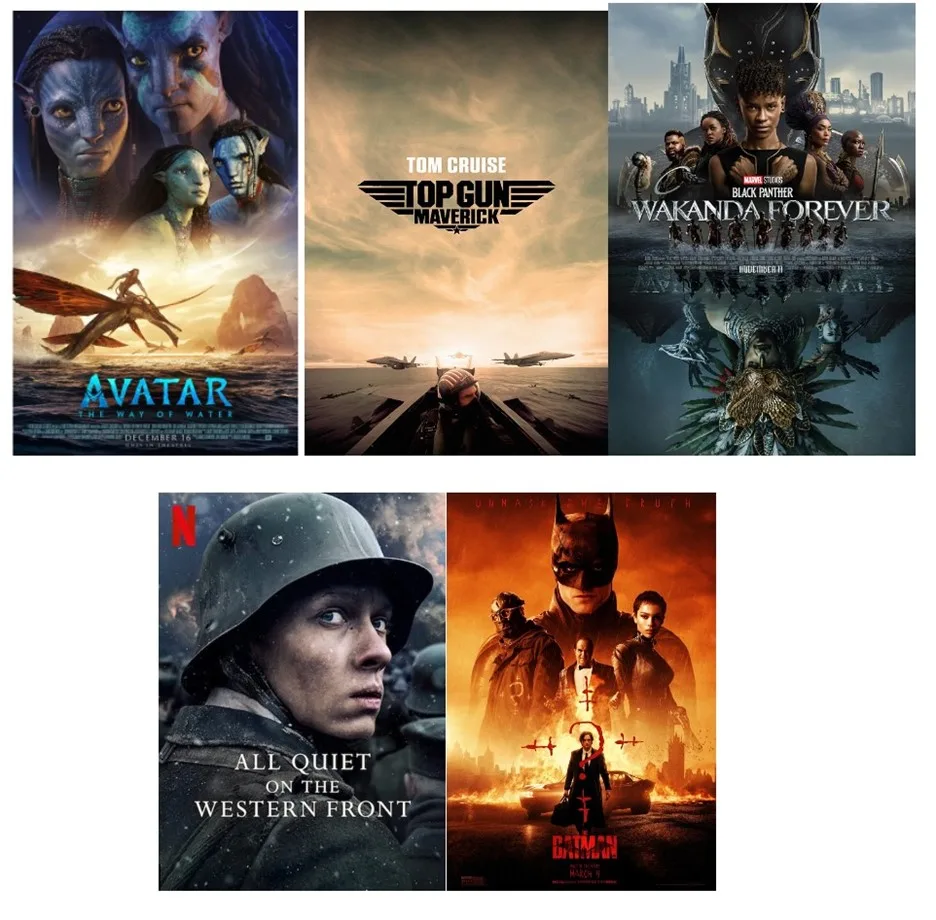
There are five contenders for this year’s Oscar in the VFX category: Avatar: The Way of Water, Black Panther: Wakanda Forever, The Batman, Top Gun: Maverick, and All Quiet on the Western Front. All are diverse in terms of their story lines, their genres, and their effects, which range from photorealism, to fantasy, to action, to drama. But there is a common thread: They all employed technology from Nvidia to bring their computer-generated effects to life.
In fact, for the past 15 years, every film nominated for Best Visual Effects Oscar has been using Nvidia tech. As a result, VFX teams have been able to do things that had never been seen before on screen. Directors have been able to achieve their vision, no matter how far out there it may have been. Computer graphics have evolved greatly over the years in areas such as simulation, AI, real-time ray tracing, and more, enabled by powerful GPUs like those in the Nvidia RTX line.
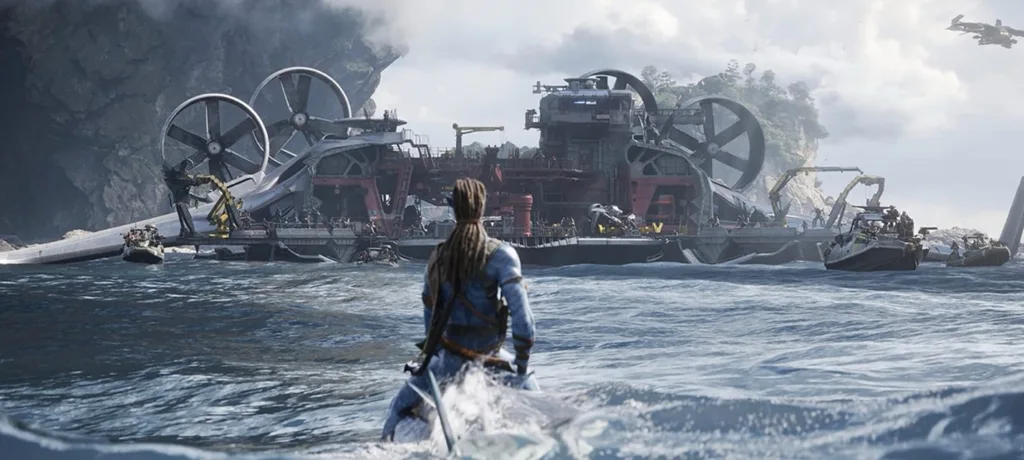
Avatar: The Way of Water
It may have taken director James Cameron more than a decade to take us back to world of Pandora. Despite the original film’s groundbreaking effects, many technological breakthroughs have occurred since that release. Yes, we are still captivated by the performance and facial capture for the Na’vi, but in Avatar: The Way of Water, there is another star in terms of the VFX work: the water. The VFX wizards at Weta FX were responsible for nearly all the VFX in the film—they handled 3,240 shots, which is 98% of the total shots in the film. And two-thirds of those contained water. Water interacting with skin. Water dripping from clothing. Water from above the surface, on the surface, below the surface. And, it is all very detailed and photorealistic, thanks to the Nvidia GPUs used for the simulating, rendering, and more. Of course, there were many other tech innovations in the film as well.

Black Panther: Wakanda Forever
Water was also a main theme in the Black Panther sequel. While Digital Domain handled a lot of VFX on the surface world, Weta once again took audience under the water, creating the rich, vibrant world of the Talokanil and the subsurface shots in the battle during the third act. The work entailed a combination of live action filmed in water tanks and dry-for-wet shots, both of which helped sell the realistic movement of the characters, along with their hair and clothing, as they maneuvered underwater. The group also had to deal with maintaining correct skin tones underwater, especially deep underwater.
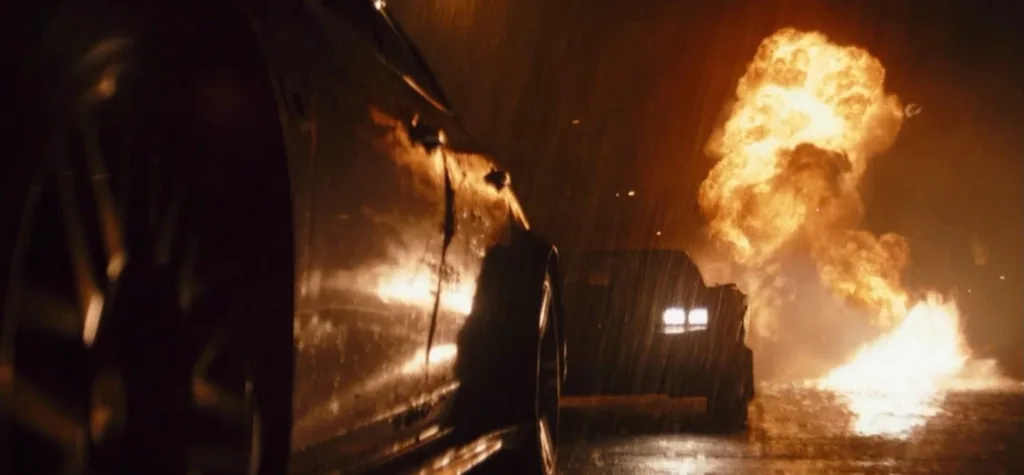
The Batman
The Weta team was also responsible for the epic, edge-of-your-seat car chase sequence in The Batman. With a combination of enhanced live action and CGI, the violent-looking chase between raises the level of chaos and excitement from beginning to end, with a car jump through a wall of flames. The complex scene required complicated rendering, simulation (for the raindrops interacting with various surfaces), and lighting (illuminating the rain through the headlights and streetlights), and much more.
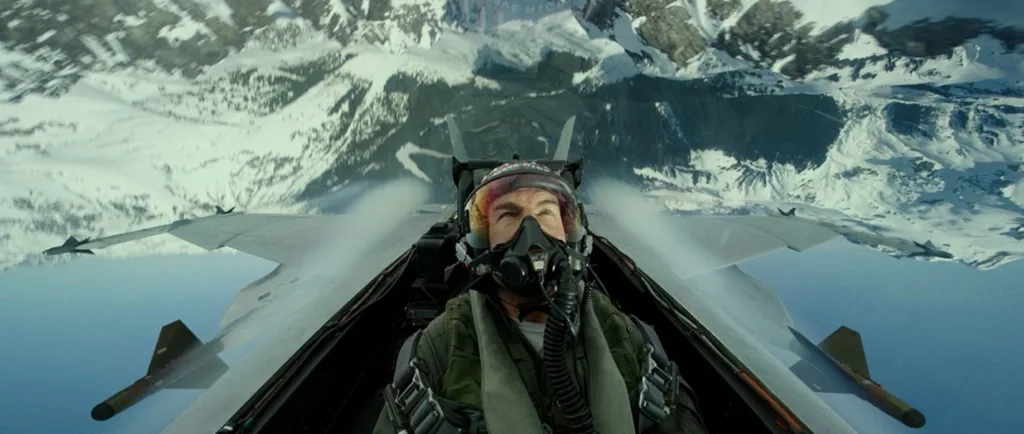
Top Gun: Maverick
By now, we all know the stories about how actor Tom Cruise pushes himself into the danger zone by performing stunts that would make the most seasoned stuntperson pause. Even so, VFX—high-flying VFX, actually—are needed to ratchet up the action. A lot of the action in Top Gun: Maverick occurs in heart-pounding aerial shots. Extensive air-to-air and ground-to-air footage of actual jets was captured and used as a guide for the film’s realistic VFX. Whether planes, missiles, or explosions, the rendered images had to be photoreal and blend with the live-action plates in order to portray the excitement.
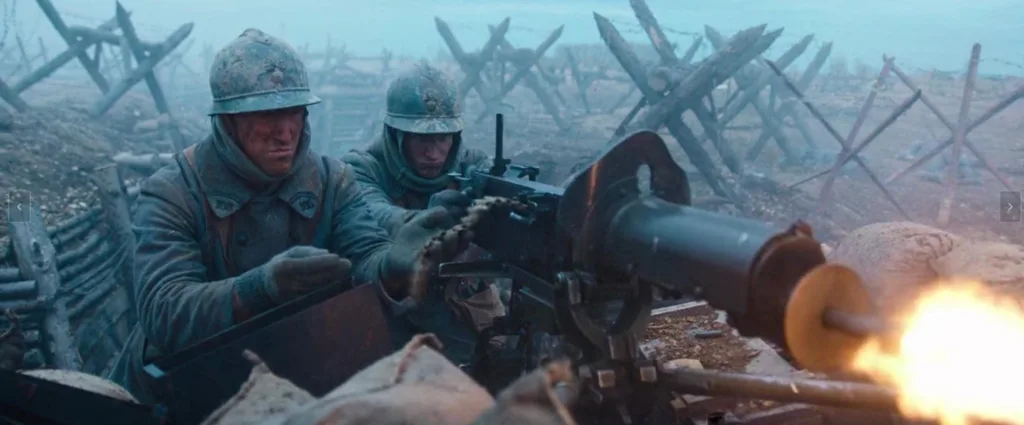
All Quiet on the Western Front
While Maverick pushes realism to the edge, All Quiet on the Western Front uses photorealism to set the stage for this WWI film, seamlessly blending CGI and live action. Cine Chromatix used Nvidia GPUs to alter the environments and landscapes, add period objects, inflict battle damage, construct buildings, control the weather, and wreak havoc—all of which amped up the fear level of soldiers in the throes of battle in this German film.
What do we think?
It’s difficult to say which film will win Oscar gold at this year’s Academy Awards.
All five films in this category are built on a familiar story, whether a sequel (Avatar, Black Panther, and Maverick), a reboot (The Batman), or a remake (Front). And all five utilize VFX in different ways.
2022 brought us some amazing VFX films, many of which also deserved to be on the list of finalists, among them Everything Everywhere All at Once, Jurassic World Dominion, Doctor Strange in the Multiverse of Madness, Fantastic Beasts: The Secrets of Dumbledore, and others. Technology enables these artists and directors to do amazing things, but it’s their vision and creativity that make a truly Oscar-winning production.
Learn about the latest developments regarding visual effects in the JPR Digital Content Creation report. Also, keep abreast of what is happening in the GPU market in JPR’s annual GPU summary report for 2022 and Market Watch report.





